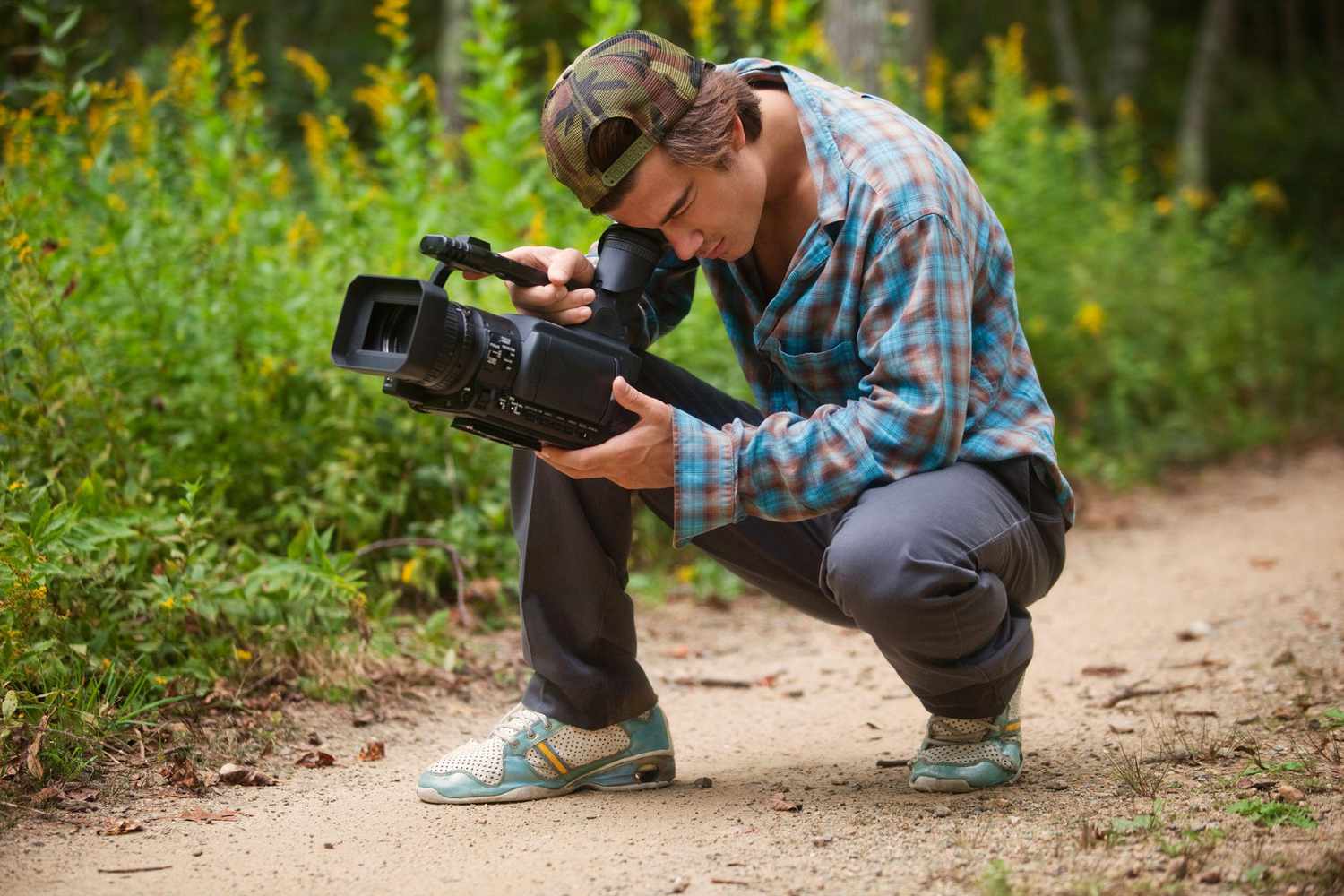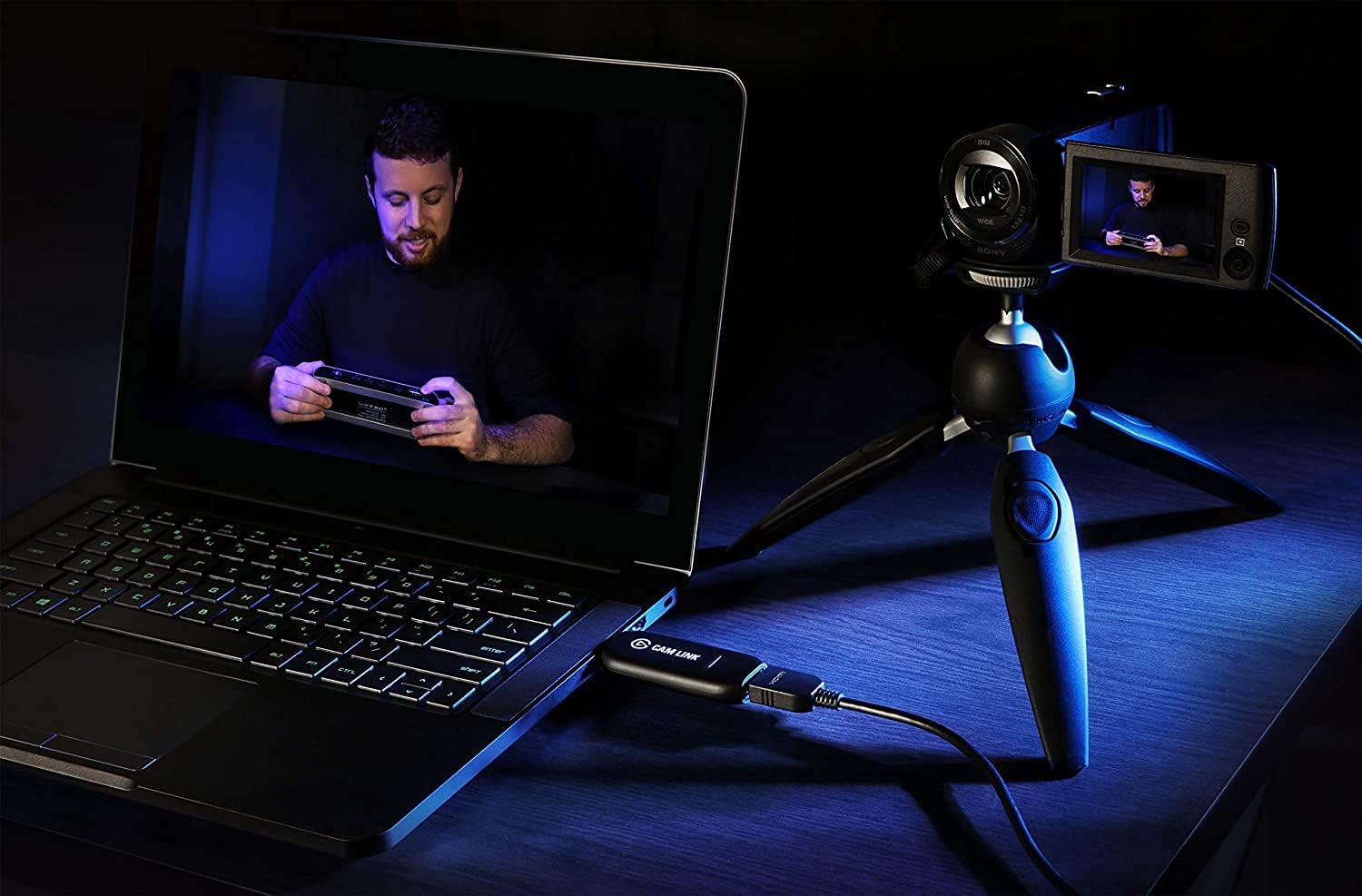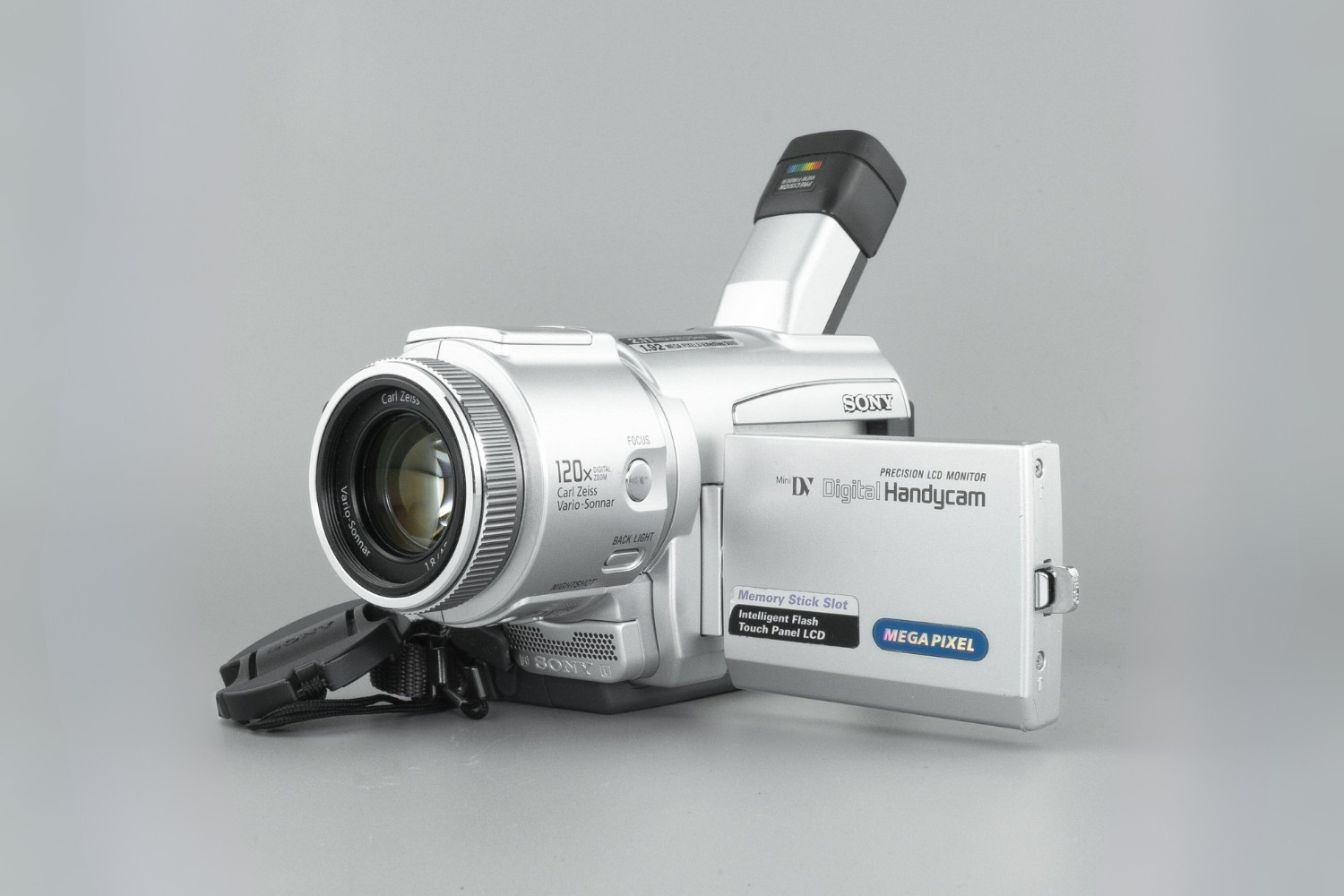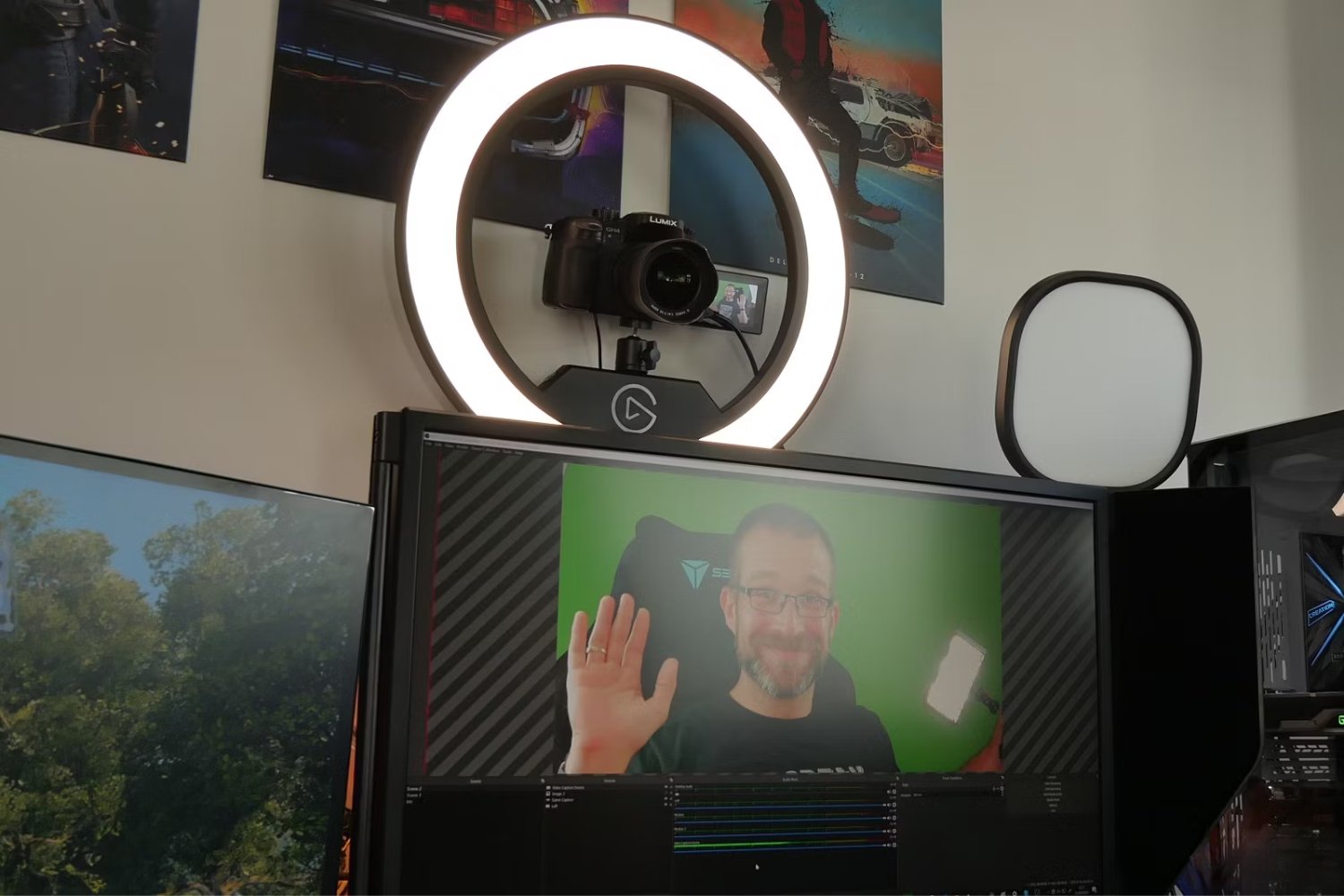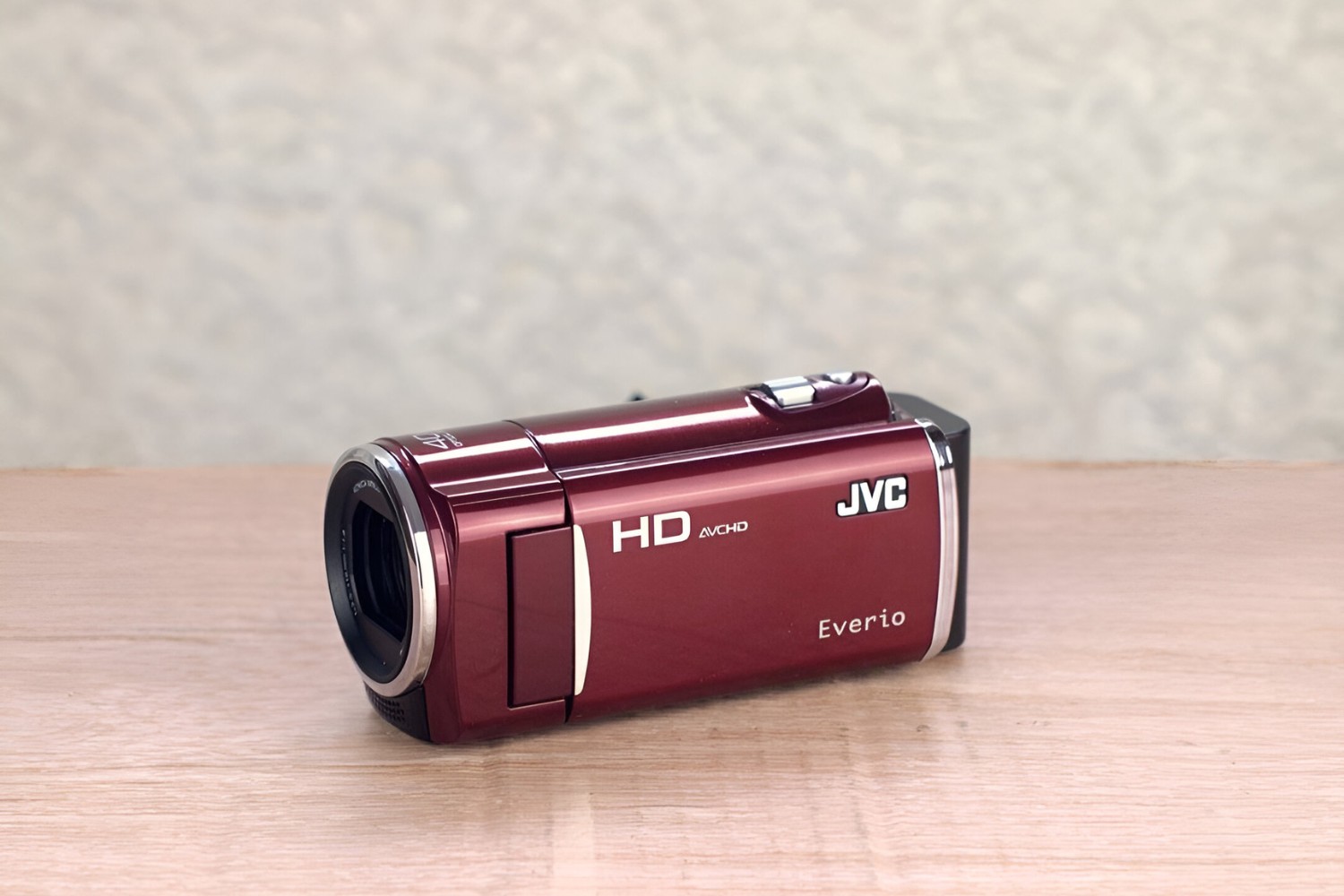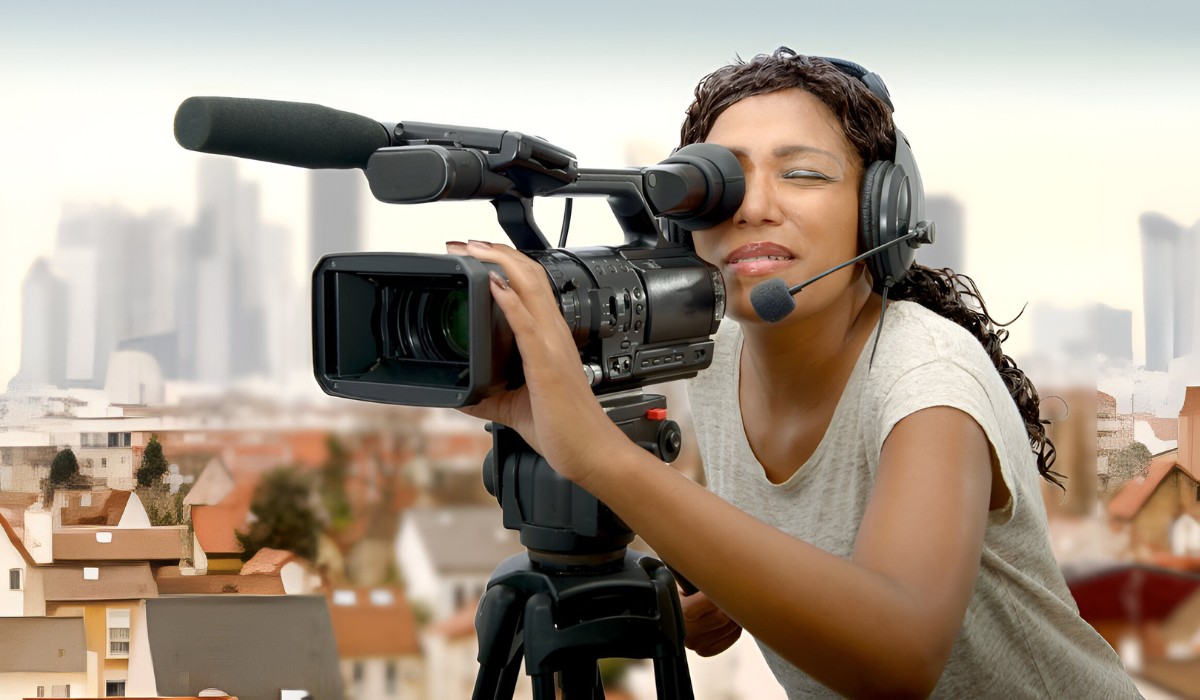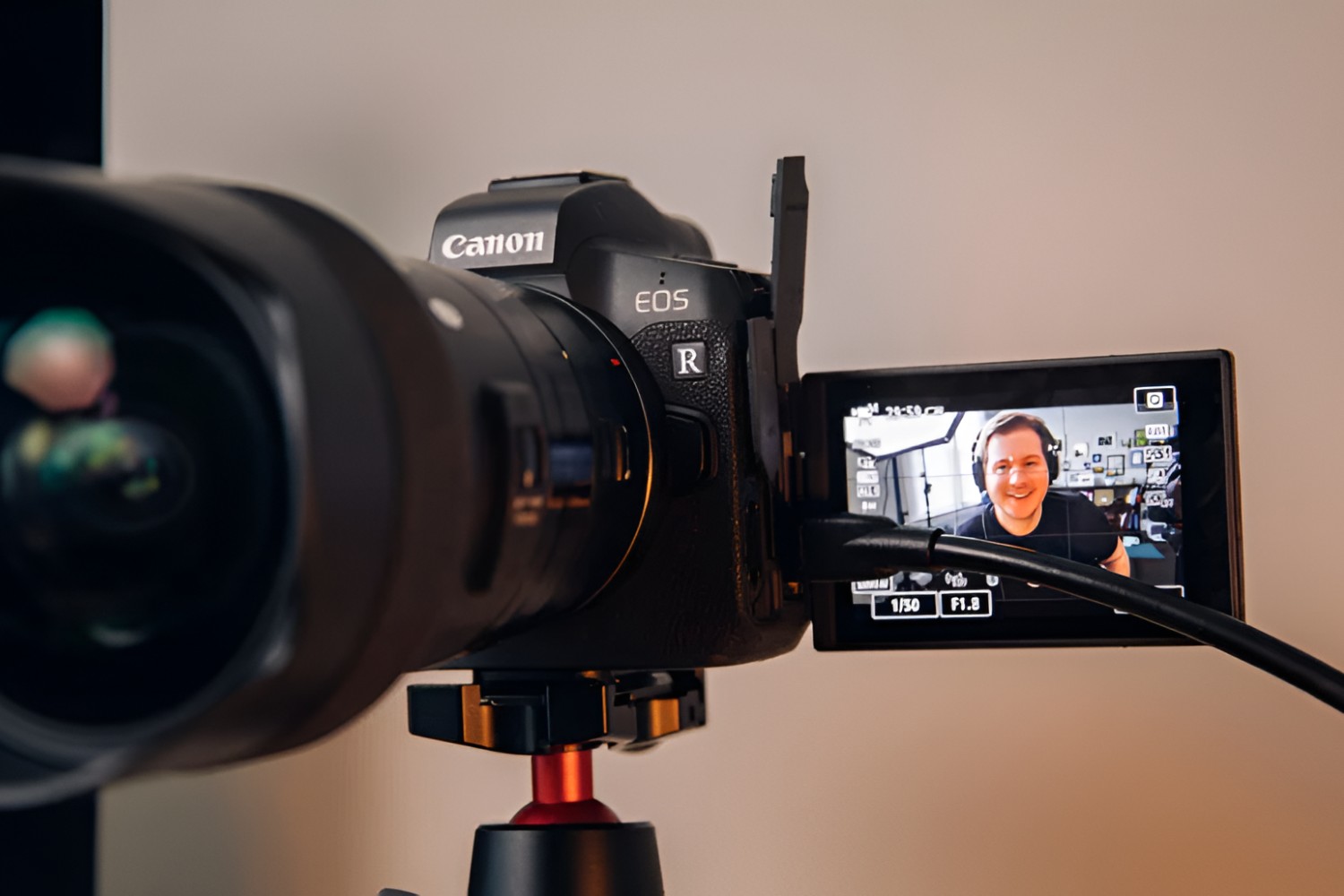Choosing the Right Equipment
When it comes to making your camcorder videos look professional, selecting the right equipment is paramount. Your choice of camera, lenses, and accessories can significantly impact the overall quality of your footage. Here are some essential factors to consider when choosing the right equipment for professional-looking videos:
- Camera Selection: The first step in achieving professional-quality video is choosing the right camcorder. Look for a camera that offers high-resolution recording capabilities, manual controls for exposure, focus, and white balance, and a variety of frame rate options. Additionally, consider the camera’s low-light performance, as this can greatly influence the overall video quality.
- Lenses: If your camcorder allows for interchangeable lenses, investing in high-quality lenses can significantly enhance the visual appeal of your videos. Wide-angle lenses are ideal for capturing expansive landscapes or establishing shots, while telephoto lenses are useful for close-up shots and achieving a shallow depth of field.
- Stabilization Equipment: To eliminate shaky footage and achieve smooth, professional-looking shots, consider investing in a tripod, gimbal, or stabilizer. These tools can greatly improve the overall stability and production value of your videos.
- External Microphones: While most camcorders come with built-in microphones, investing in an external microphone can drastically improve the audio quality of your videos. Look for a microphone that is suitable for your recording environment, whether it’s a lavalier mic for interviews or a shotgun mic for capturing ambient sound.
- Accessories: Additional accessories such as filters, external monitors, and lighting equipment can further enhance the visual quality and production value of your videos. Consider investing in accessories that align with your specific videography needs and creative vision.
By carefully considering these equipment factors, you can set the stage for capturing professional-looking videos that stand out with exceptional visual and audio quality. The right tools can empower you to unleash your creativity and elevate the overall production value of your video content.
Setting Up Proper Lighting
Effective lighting is a fundamental element in achieving professional-looking video footage. Whether you’re shooting indoors or outdoors, the proper lighting setup can significantly enhance the visual appeal and overall quality of your videos. Here are essential tips for setting up proper lighting:
- Natural Light: When shooting outdoors or near windows, harnessing natural light can produce stunning results. Consider the time of day and the direction of sunlight to create visually appealing and well-lit scenes. Utilize diffusers or reflectors to control the intensity and direction of natural light for optimal results.
- Artificial Lighting: Indoors or in controlled environments, artificial lighting plays a crucial role. Invest in high-quality LED panels, softboxes, or studio lights to create a well-lit and professional-looking setting. Experiment with different lighting setups to achieve the desired mood and ambiance for your videos.
- Three-Point Lighting: The classic three-point lighting setup, consisting of a key light, fill light, and backlight, is a versatile and effective technique for illuminating subjects and creating depth in your shots. Mastering this lighting arrangement can elevate the overall professional appearance of your videos.
- Color Temperature: Understanding and controlling the color temperature of your lighting sources is crucial for achieving natural and visually pleasing results. Adjust the color temperature of your lights to match the ambient lighting or to create specific moods and atmospheres within your videos.
- Lighting Modifiers: Utilize lighting modifiers such as diffusers, gels, and grids to sculpt and control the quality of light in your scenes. These tools can soften harsh shadows, add warmth or coolness to the lighting, and create captivating visual effects.
By mastering the art of lighting, you can transform ordinary footage into visually captivating and professional-looking videos. Whether you’re aiming for a natural, documentary-style look or a polished, cinematic aesthetic, proper lighting techniques are essential for achieving outstanding visual results.
Using Stable Camera Techniques
Stable camera techniques are essential for capturing professional-looking videos that exude visual polish and sophistication. Whether you’re shooting handheld or using a tripod, employing stable camera techniques can elevate the overall quality of your footage. Here are key strategies for achieving stability in your video recordings:
- Tripod Usage: When stability is paramount, utilizing a tripod is indispensable. A sturdy tripod provides a reliable foundation for your camera, ensuring steady and smooth shots. Invest in a tripod with fluid head capabilities for seamless panning and tilting movements.
- Gimbal Stabilization: For dynamic and fluid motion shots, consider using a gimbal stabilizer. These devices offer smooth and stabilized footage, particularly when capturing moving subjects or executing intricate camera movements. Gimbals are invaluable tools for achieving professional-looking, cinematic sequences.
- Handheld Stabilization: If handheld shooting is necessary, mastering stable handheld techniques is crucial. Utilize proper hand placement, body positioning, and smooth movements to minimize camera shake and create visually pleasing, steady shots.
- Use of Camera Straps: When shooting handheld, employing a camera strap can provide additional stability and security. Wrapping the strap around your wrist or neck can help minimize accidental drops and enhance overall control of the camera during shooting.
- Steadicam or Stabilization Rig: For professional-grade stabilization, consider utilizing a Steadicam or stabilization rig. These tools allow for smooth, gliding movements and can elevate the production value of your videos by providing cinematic, steady shots.
By implementing stable camera techniques, you can effectively convey a sense of professionalism and visual coherence in your video content. Whether you’re capturing static shots, dynamic action sequences, or intricate camera movements, stability is a hallmark of professional-looking videography.
Framing and Composition
Mastering the art of framing and composition is pivotal in creating professional-looking videos that captivate and engage viewers. Thoughtful framing and composition can greatly enhance the visual appeal and storytelling impact of your footage. Here are essential principles and techniques for achieving compelling framing and composition in your videos:
- Rule of Thirds: Embrace the classic rule of thirds to create visually balanced and aesthetically pleasing compositions. By aligning key elements along the imaginary gridlines and intersections, you can achieve engaging and harmonious visuals that draw the viewer’s eye into the frame.
- Leading Lines: Incorporate leading lines within your compositions to guide the viewer’s gaze and create a sense of depth and movement. Utilize natural or man-made lines such as roads, fences, or architectural elements to add visual interest and structure to your shots.
- Foreground Elements: Introducing foreground elements can add depth and dimension to your compositions, creating a sense of immersion and visual intrigue. Consider including objects or elements in the foreground to frame the main subject and establish a compelling visual hierarchy within the frame.
- Dynamic Angles: Experiment with dynamic camera angles and perspectives to infuse your videos with energy and visual impact. Low-angle and high-angle shots, as well as unconventional viewpoints, can add drama and uniqueness to your compositions, elevating the overall visual storytelling.
- Negative Space: Embrace the power of negative space to create breathing room within your compositions. Strategic use of negative space can evoke mood, emphasize the subject, and imbue your videos with a sense of visual sophistication and minimalism.
By mastering the principles of framing and composition, you can craft visually stunning and professional-looking videos that resonate with your audience. Thoughtful framing and composition not only enhance the aesthetic appeal of your footage but also contribute to the effective communication of your narrative and visual storytelling.
Recording Quality Audio
While visual elements play a crucial role in creating professional-looking videos, the significance of high-quality audio cannot be overstated. Clear, crisp, and immersive audio enhances the overall viewing experience and adds a layer of professionalism to your videos. Here are essential considerations and techniques for recording quality audio:
- External Microphones: Investing in external microphones tailored to your specific recording needs can vastly improve audio quality. Whether it’s a shotgun microphone for capturing focused sound or a lavalier microphone for hands-free recording, selecting the right microphone for the job is paramount.
- Wind Protection: When recording outdoors or in windy conditions, utilizing wind protection accessories such as foam windscreens or furry windshields is essential. These tools mitigate wind noise and ensure that your audio remains clear and free from distracting disturbances.
- Monitoring Levels: Regularly monitoring audio levels during recording is crucial for capturing clean and distortion-free sound. Utilize headphones to monitor the audio input and make adjustments as necessary to maintain optimal recording levels without peaking or clipping.
- Room Acoustics: Pay attention to the acoustic properties of your recording environment. Minimize echo, reverberation, and ambient noise by choosing suitable recording locations and utilizing acoustic treatment such as sound-absorbing panels or blankets to create a controlled recording environment.
- Post-Production Processing: Utilize audio editing software to enhance the quality of recorded audio. Techniques such as noise reduction, equalization, and dynamic range compression can refine and polish the audio, ensuring that it complements the visual elements of your videos seamlessly.
By prioritizing the recording of high-quality audio, you can elevate the professionalism and impact of your video content. Clear and immersive audio not only enhances the overall viewing experience but also communicates your message effectively, ensuring that your videos leave a lasting impression on your audience.
Editing and Post-Production Techniques
Once the footage has been captured, the editing and post-production stage is where the magic truly happens. Skillful editing and post-production techniques can transform raw footage into a polished and professional video that captivates and resonates with viewers. Here are essential considerations and techniques for elevating your videos through editing and post-production:
- Storyboarding and Planning: Before diving into the editing process, it’s beneficial to create a storyboard or shot list to guide the overall structure and flow of the video. Planning the sequence of shots, transitions, and visual elements can streamline the editing process and ensure a cohesive and engaging final product.
- Color Grading: Utilize color grading techniques to enhance the visual aesthetics of your footage. Adjusting color tones, contrast, and saturation can imbue your videos with a specific mood or style, elevating the overall professional look and visual impact of the content.
- Transitions and Effects: Thoughtfully incorporate transitions and effects to create seamless and visually engaging transitions between scenes and shots. Subtle but effective transitions can add a layer of sophistication to your videos, guiding the viewer’s attention and creating a polished viewing experience.
- Audio Mixing and Sound Design: Pay meticulous attention to audio mixing and sound design during the post-production phase. Balancing audio levels, adding ambient sound effects, and integrating music seamlessly into the video can elevate the overall auditory experience, complementing the visual elements and enhancing the professional quality of the content.
- Attention to Detail: Fine-tune the details of your video, including precise cuts, smooth transitions, and precise audio synchronization. Paying attention to these details demonstrates a commitment to quality and professionalism, resulting in a video that exudes polish and refinement.
By leveraging these editing and post-production techniques, you can elevate your videos to a professional standard, captivating your audience and leaving a lasting impression. Thoughtful editing and post-production not only refine the visual and auditory aspects of your videos but also communicate your message with clarity and impact, ensuring that your content stands out in a competitive digital landscape.







